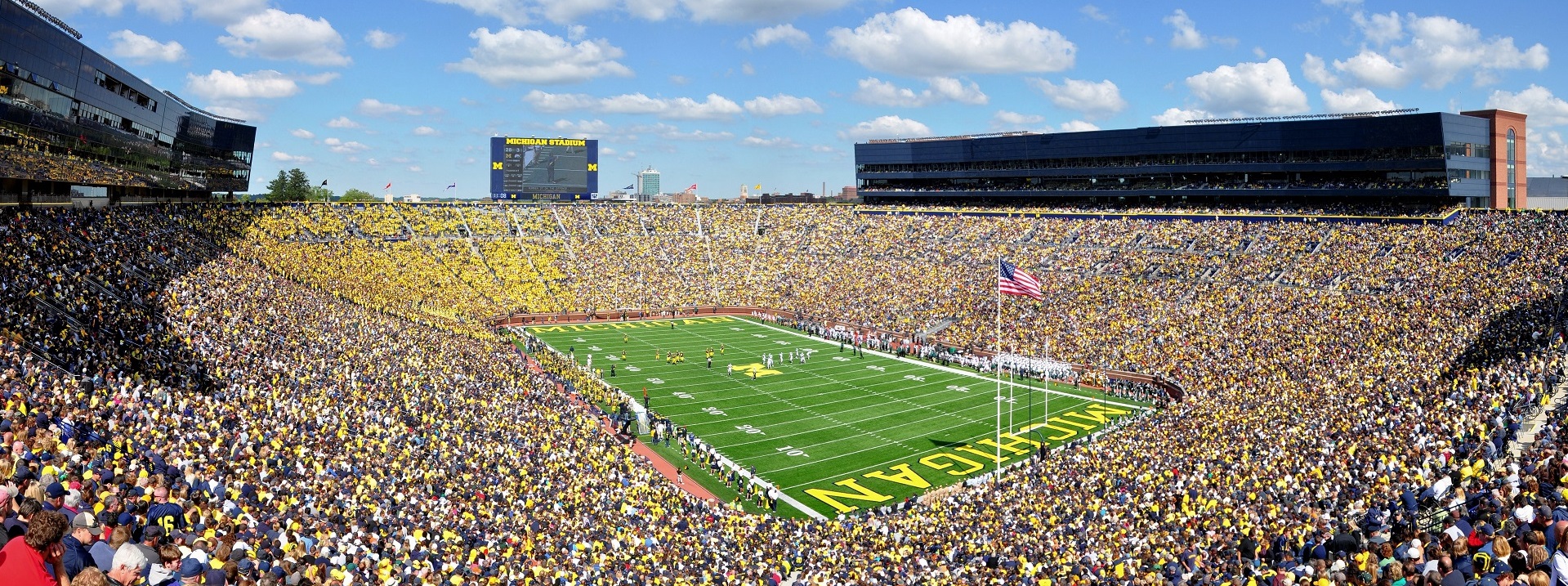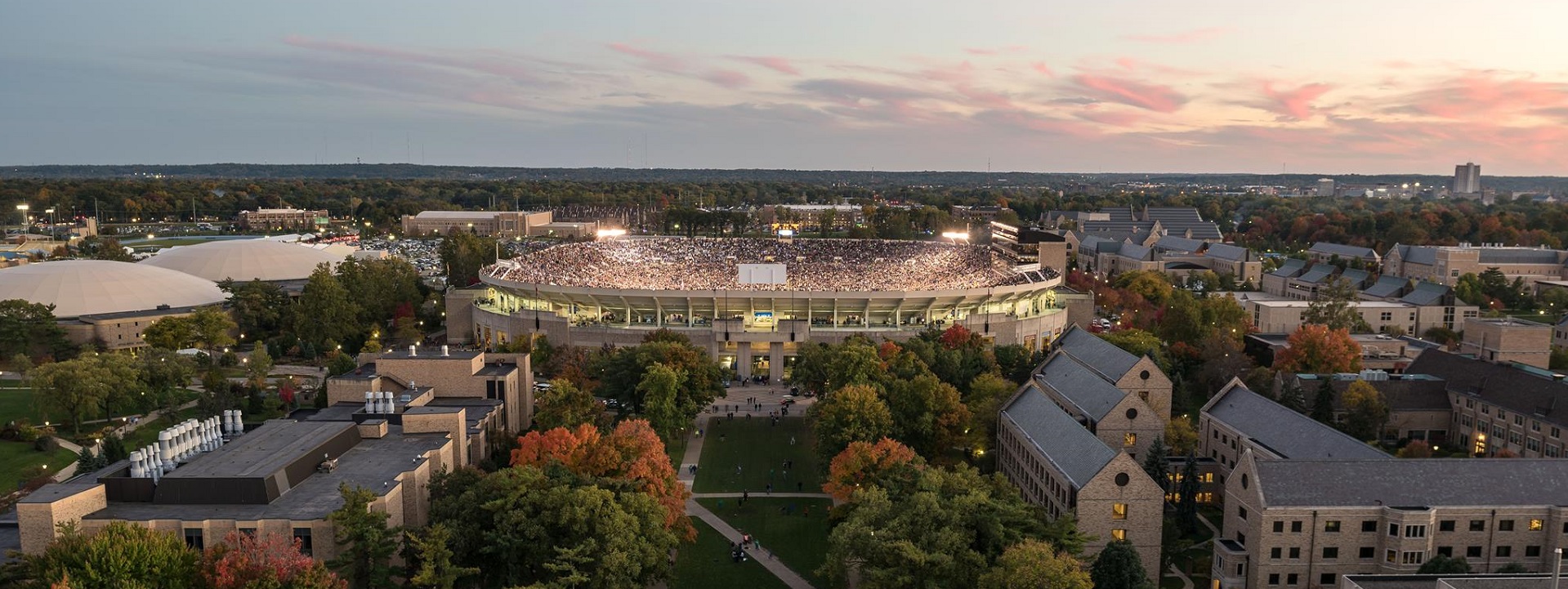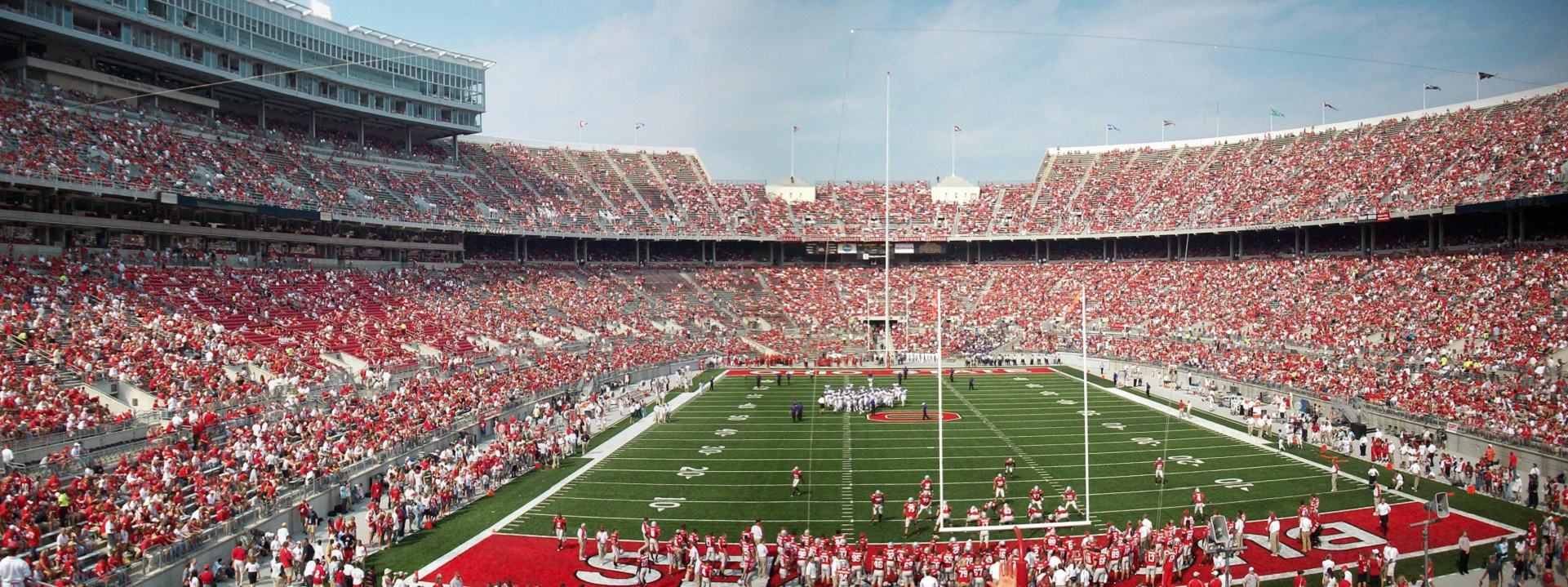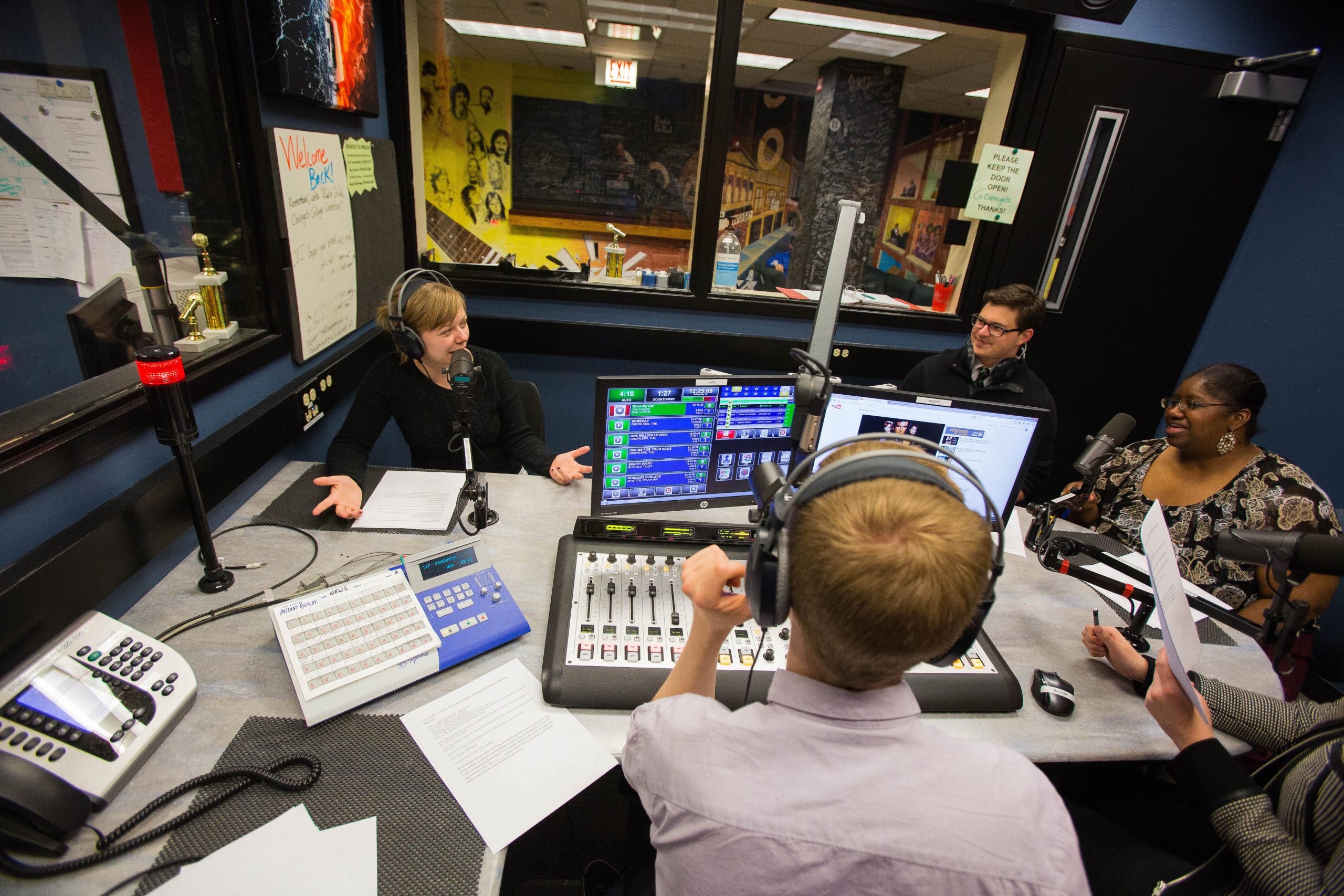Circular Economy
- Home Page 357

Caveat emptor
Biden’s Build Back Better blocks religious facilities from using funds
Biden’s education plan would level death blow to private and religious colleges
Republicans Are Spreading A New Lie About Joe Biden’s Child Care Plan
Biden’s Child Care Plan Faces Resistance From Religious Groups
The Build Back Better Act Will Allow Parents To Choose Faith-Based Child Care and Pre-K
Religious Schools Restricted Under Build Back Better
Biden’s act of child care sacrifice
How college students and their schools fared in Biden’s $2 trillion plan
H.R. 5990: Dual Credit Innovation Act
This content is accessible to paid subscribers. To view it please enter your password below or send mike@standardsmichigan.com a request for subscription details.
Stadium & Arena Structural Engineering
One of the marquee assets of many colleges and universities, among the costliest and most publicly visible, is the sports and recreation arena. Some large research universities have several of them (football, hockey, basketball, track & field, etc.) — with capacities upward of 100,000 seats– which have proven structurally safe owing to the American Society of Civil Engineers Structural Engineering Institute (ASCE SEI) suite of engineering standards; developed in close coupled with the International Code Council (ICC). Structural engineering is a fairly rarefied space in which much depends upon the inherited wisdom inspiration of generations of mathematically skilled practitioners who make the inspired imagination of an architect a reality.








We began tracking ASCE SEI standards action in 2013 with special attention to the live loading design requirement of libraries (which were dominated by stacks of books) and the replacement of libraries with media centers (with significantly fewer books). As our legacy workspace* should reveal, we simply raised the question about space usage assumptions. As we explain in our ABOUT there is no education industry trade association; nor any single education facility unit, that was any authority; nor any advocacy track-record, nor any primary interest in advocating for a coordinated revisit of the structural engineering safety requirements for an occupancy and use patterns that have changed.
We limit our resources to advocating for closer coordination between the ASCE and ICC titles regarding occupancy definitions and space usage. Noteworthy proposals from the previous revision cycle:
- Proposal S53-19 | Page 422 | Table 1607 clarifications for stadiums and arena with fixed seats and bleachers
- Proposal S58-19 | Page 430 | Table 1607.1 regarding folding and telescopic seating and horizontal sway loads
- Proposal S92-19 | Page 476 Section 1704.6 regarding structural observations for seismic resistance
- Proposal EB108-19 | Page 888 Section 1106 regarding education facilities — including arenas — as storm shelters (covered here previously in a separate post)
Owners, architects and structural engineers will likely spend less time “figuring out what the code means” with respect to occupancy definition and user usage patterns. You may read proposals from the previous revision cycle in their entirety by accessing the documents linked below:
Complete Monograph ICC Committee Action Hearings
2019 REPORT OF THE COMMITTEE ACTION HEARINGS ON THE 2018 EDITIONS OF THE GROUP B INTERNATIONAL CODES






We are hard upon the 2021/2022 ICC CODE DEVELOPMENT SCHEDULE so we have time ahead of the January 10, 2021 deadline to read the current code, review the transcripts of the back-and-forth that went into it, and formulate new proposals. Data-rich proposals are always welcomed.
We maintain this topic on the standing agenda of our Ædificare and Sport colloquia. See our CALENDAR for the next online meeting, open to everyone.
Issue: [16-169]
Category: Architectural, Facility Asset Management, Space Planning
Colleagues: Mike Anthony, Jack Janveja, Richard Robben, Jerry Schulte
* 13-68 Structural Design ASCE SEI 7
More
Short history of structural failures and collapses
New update alert! The 2022 update to the Trademark Assignment Dataset is now available online. Find 1.29 million trademark assignments, involving 2.28 million unique trademark properties issued by the USPTO between March 1952 and January 2023: https://t.co/njrDAbSpwB pic.twitter.com/GkAXrHoQ9T
— USPTO (@uspto) July 13, 2023
Standards Michigan Group, LLC
2723 South State Street | Suite 150
Ann Arbor, MI 48104 USA
888-746-3670


















